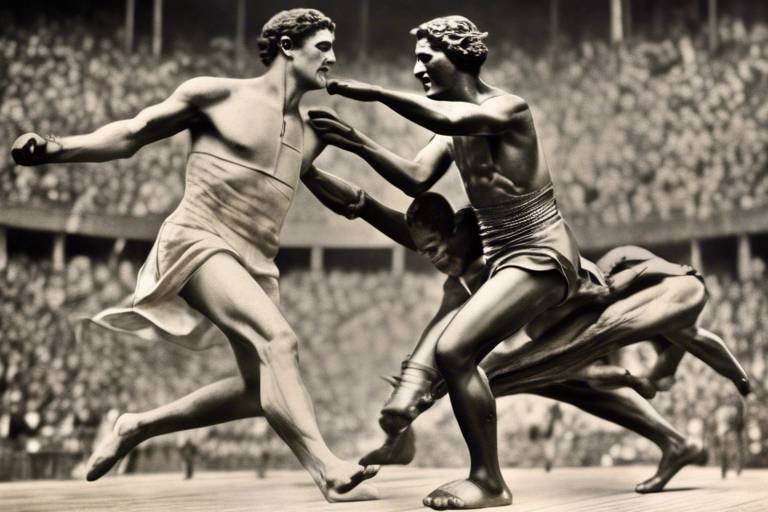The Role of Art in the Renaissance - Key Artists
During the Renaissance period, art played a pivotal role in shaping cultural, social, and intellectual landscapes. This era marked a significant shift in artistic expression, with key artists leading the way in revolutionizing the art world. These artists not only created visually stunning masterpieces but also embodied the spirit of innovation and creativity that defined the Renaissance.
Leonardo da Vinci, a true polymath, stands out as one of the most iconic artists of the Renaissance. His works, such as the enigmatic Mona Lisa and the monumental Last Supper, continue to captivate audiences with their intricate details and profound symbolism. Da Vinci's artistry reflected the era's emphasis on curiosity, exploration, and the fusion of art and science.
Michelangelo Buonarroti, renowned for his sculpting and painting talents, left an indelible mark on the art world. His awe-inspiring creations, including the breathtaking Sistine Chapel ceiling and the iconic statue of David, showcased his unparalleled skill and passion for the craft. Michelangelo's work epitomized the Renaissance ideals of beauty, humanism, and divine inspiration.
Raphael Sanzio, known for his harmonious compositions and graceful figures, brought a sense of balance and elegance to Renaissance art. His masterpiece, The School of Athens, exemplified the intellectual and artistic richness of the period, blending classical influences with contemporary themes. Raphael's work continues to inspire artists and art lovers alike with its timeless beauty.
Sandro Botticelli's ethereal and mythological paintings, such as The Birth of Venus and Primavera, captured the essence of Renaissance humanism and Neoplatonic philosophy. His delicate brushwork and poetic imagery reflected the era's fascination with mythology, beauty, and the revival of classical ideals. Botticelli's art remains a testament to the cultural richness and artistic innovation of the Renaissance.
Titian, a prominent Venetian painter, distinguished himself with his vibrant colors and dynamic brushwork. His works, like Bacchus and Ariadne, exuded a sense of emotional depth and vitality, showcasing the artist's mastery of light, color, and composition. Titian's contributions to Renaissance art influenced generations of artists and set new standards for artistic expression.
Donatello, a pioneering sculptor of the Early Renaissance, revolutionized the art of sculpting with his innovative techniques and lifelike creations. Sculptures like David and Mary Magdalene showcased Donatello's ability to imbue marble with emotion and personality, breaking away from traditional conventions and paving the way for future sculptors.
Albrecht Dürer, a German artist of unparalleled skill, is celebrated for his intricate engravings and woodcuts. His works, such as Melencolia I and Knight, Death, and the Devil, combined technical precision with symbolic complexity, reflecting Dürer's profound understanding of art and philosophy. Dürer's artistry transcended borders and genres, leaving a lasting impact on the art world.
Caravaggio, known for his dramatic use of light and shadow, brought a sense of realism and intensity to Baroque art. His emotionally charged paintings, like The Calling of Saint Matthew and Judith Beheading Holofernes, challenged traditional artistic norms and captivated viewers with their raw power and theatricality. Caravaggio's influence on Baroque art cannot be overstated, as he paved the way for a new era of artistic expression.
Jan van Eyck, a Flemish painter renowned for his meticulous attention to detail and innovative use of oil paint, exemplified the artistic achievements of the Northern Renaissance. His masterpiece, The Arnolfini Portrait, is a testament to van Eyck's technical skill and ability to infuse everyday scenes with symbolic meaning and depth. Van Eyck's contributions to realism and symbolism continue to inspire artists and art historians to this day.
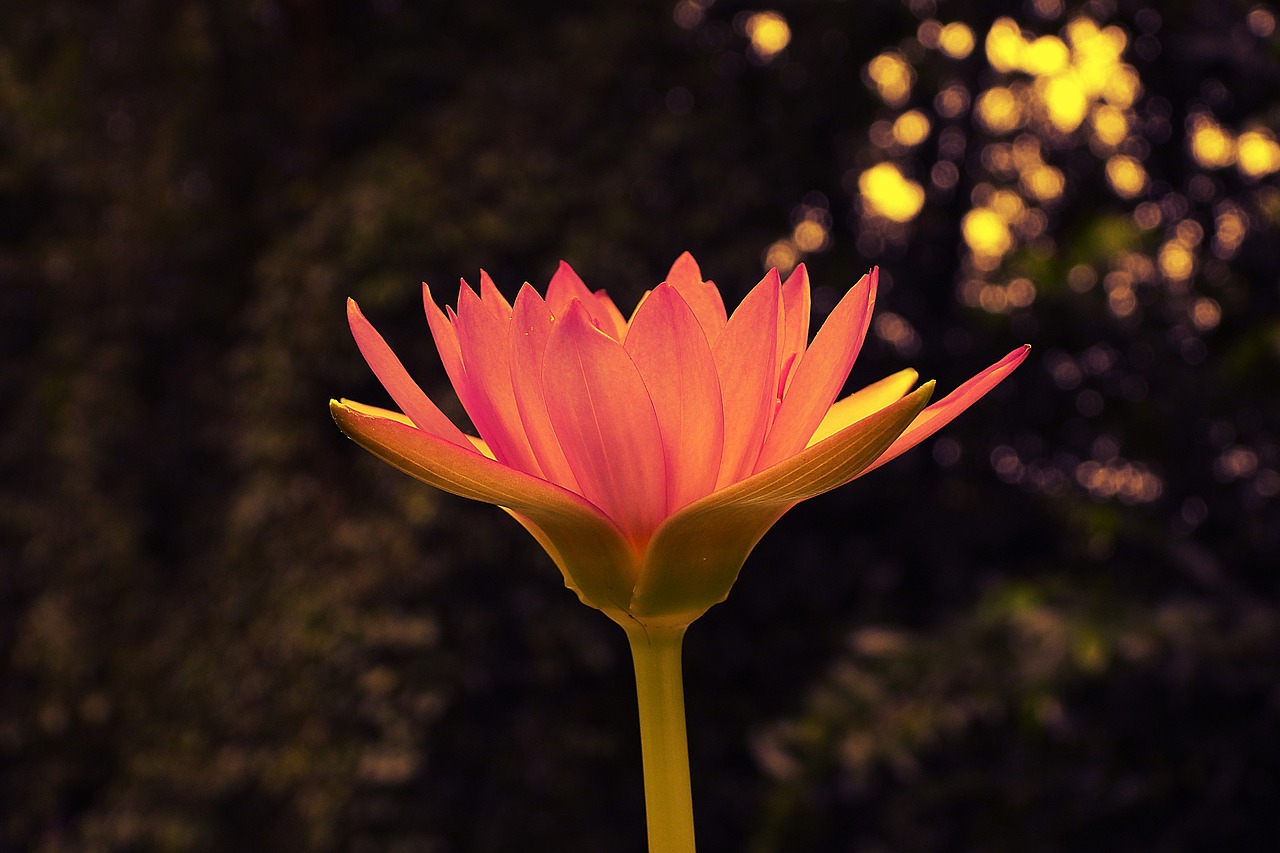
Leonardo da Vinci
Exploring the significant impact of art during the Renaissance period, focusing on key artists who revolutionized the art world with their innovative techniques and masterpieces.
A polymath artist known for iconic works like the Mona Lisa and The Last Supper, Leonardo da Vinci's artistry epitomized the Renaissance spirit of curiosity and innovation. His ability to blend science and art seamlessly resulted in unparalleled creations that continue to captivate audiences worldwide.
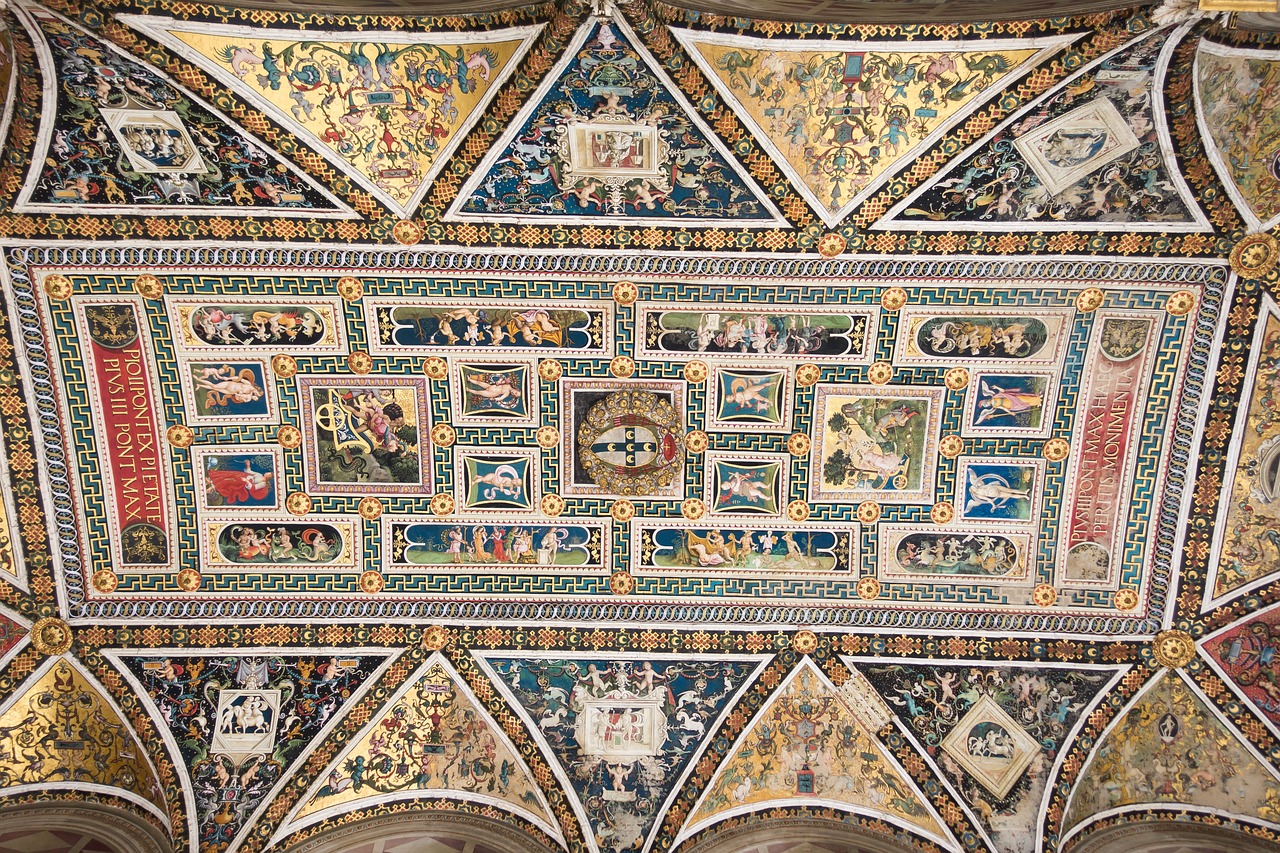
Michelangelo Buonarroti
Michelangelo Buonarroti, a name synonymous with artistic genius and unparalleled skill, left an indelible mark on the art world during the Renaissance era. Born in 1475 in Caprese, Italy, Michelangelo's artistic talents were evident from a young age. His sculpting and painting prowess set him apart as one of the most influential artists of his time. Michelangelo's dedication to his craft and his relentless pursuit of perfection are evident in his masterpieces, which continue to awe and inspire art enthusiasts around the world.
One of Michelangelo's most iconic works is the Sistine Chapel ceiling, a breathtaking fresco that took four years to complete. The sheer scale and complexity of this project demonstrate Michelangelo's artistic vision and technical skill. The intricate details and vivid colors of the fresco showcase his mastery of the human form and his ability to capture emotion and movement with unparalleled realism.
Another masterpiece that solidified Michelangelo's legacy is the statue of David. Carved from a single block of marble, this monumental sculpture stands as a symbol of beauty, strength, and resilience. Michelangelo's attention to detail and his ability to breathe life into stone are evident in the exquisite craftsmanship of David, making it a timeless symbol of artistic excellence.
Michelangelo's passion for art extended beyond sculpting to painting, as seen in his renowned works such as the Doni Tondo and The Last Judgment. His use of light and shadow, dynamic composition, and emotional depth set his paintings apart and influenced generations of artists to come. Michelangelo's ability to infuse his works with profound meaning and emotion is a testament to his artistic vision and creativity.
In conclusion, Michelangelo Buonarroti's contributions to the art world during the Renaissance period are immeasurable. His innovative techniques, unparalleled talent, and unwavering dedication to his craft have solidified his place as one of the greatest artists in history. Michelangelo's legacy continues to inspire and captivate audiences, showcasing the enduring power of art to transcend time and touch the soul.
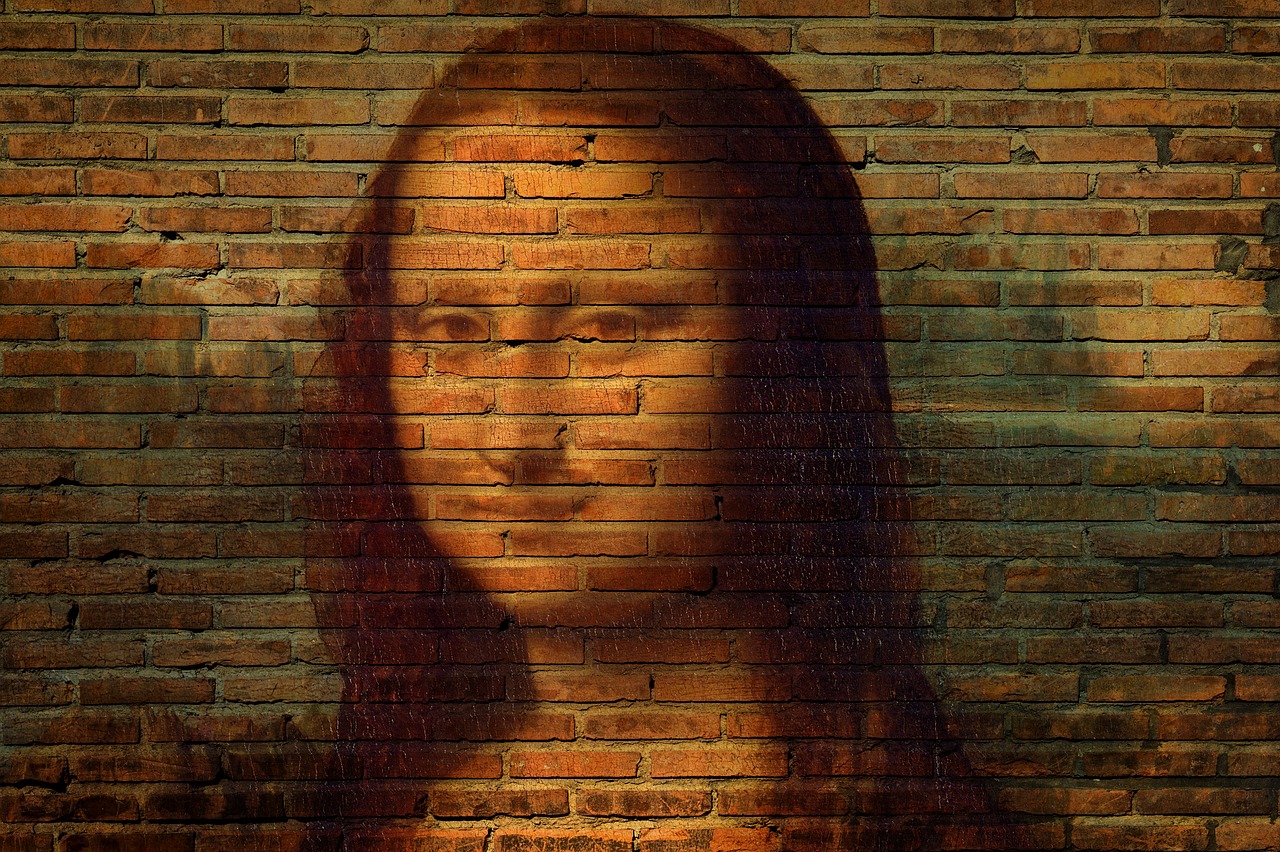
Raphael Sanzio
Raphael Sanzio, commonly known as Raphael, was a prominent Italian painter and architect of the High Renaissance period. His artistic prowess and contributions to the world of art have solidified his place among the great masters of the era. Raphael's works are characterized by their harmonious compositions, graceful figures, and attention to detail, reflecting the ideals of beauty and balance that defined Renaissance art.
One of Raphael's most famous works, "The School of Athens," is a masterpiece that showcases his skill in creating a sense of depth and perspective within a painting. This fresco, located in the Vatican, features a gathering of renowned philosophers and intellectuals from ancient Greece, each depicted with precision and clarity. The composition not only highlights Raphael's technical mastery but also his ability to infuse intellectual concepts into visual art.
Raphael's artistry extended beyond religious and historical subjects, as seen in his portrait paintings that exuded a sense of elegance and sophistication. His attention to detail, use of vibrant colors, and ability to capture the essence of his subjects made his portraits highly sought after during his time.
Furthermore, Raphael's influence on other artists of the Renaissance cannot be overstated. His innovative techniques and distinctive style set a new standard for artistry, inspiring generations of painters to come. The legacy of Raphael continues to resonate in the art world, with his works serving as a testament to the enduring power of creativity and expression.

Sandro Botticelli
Sandro Botticelli, a prominent figure in the art world during the Renaissance period, is best known for his exquisite and ethereal paintings that captured the essence of humanism and Neoplatonic philosophy. His iconic works, such as The Birth of Venus and Primavera, are celebrated for their mythological themes and graceful compositions that reflect the ideals of beauty and harmony prevalent in Renaissance art. Botticelli's unique artistic style, characterized by delicate lines and vibrant colors, set him apart as a master of his craft, showcasing a profound understanding of classical mythology and symbolism.
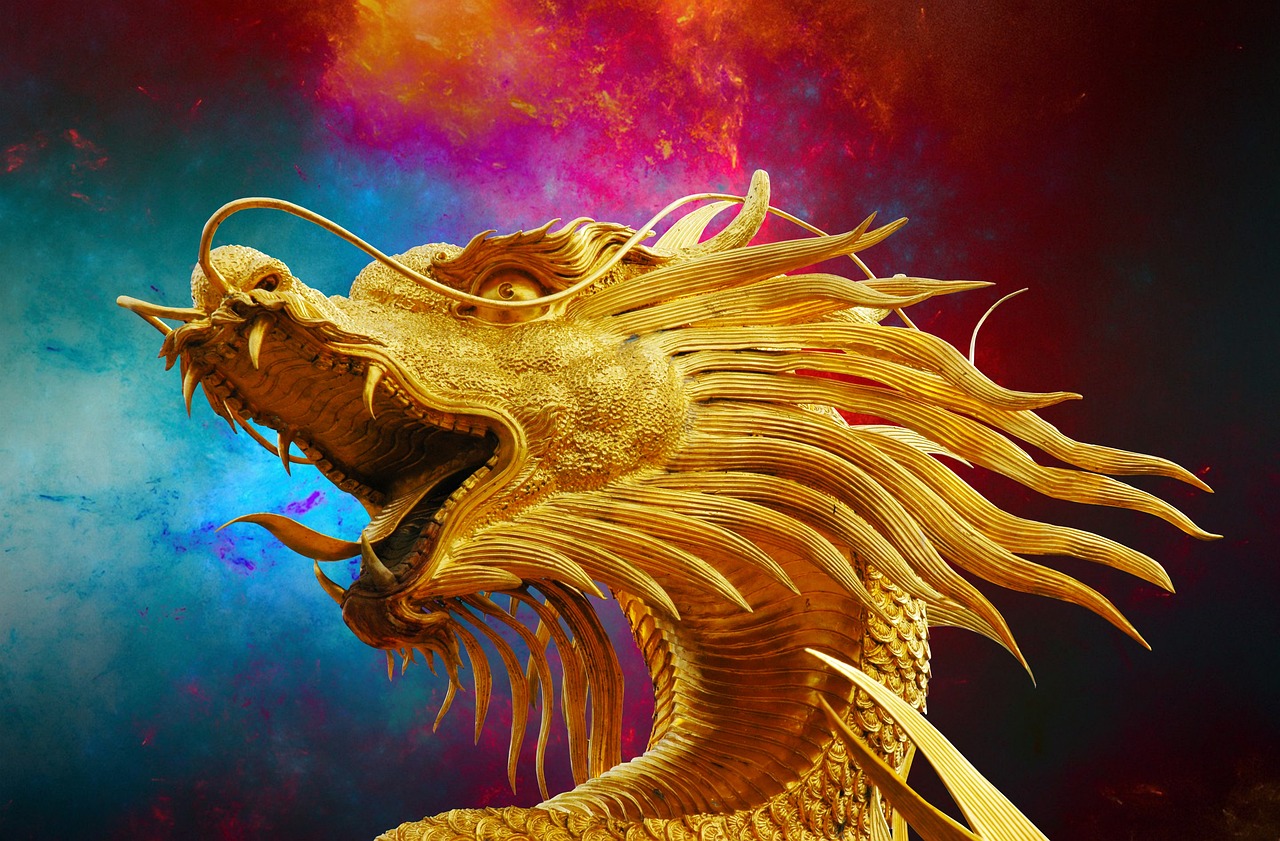
Titian
Titian, an influential Venetian painter during the Renaissance period, left a lasting impact on the art world with his vibrant and emotionally charged works. Known for his rich colors and dynamic brushwork, Titian's paintings, such as Bacchus and Ariadne, exemplified the vibrancy and depth of Renaissance art. His ability to capture the essence of human emotion and the play of light and shadow set him apart as a master of his craft. Titian's artistry reflected the spirit of the Renaissance, combining technical skill with a profound understanding of human expression.

Donatello
Donatello, a pioneering sculptor of the Early Renaissance, left an indelible mark on the art world with his innovative techniques and lifelike sculptures. His creations, including the iconic statues of David and Mary Magdalene, represented a significant shift in artistic expression during the Renaissance period. Donatello's ability to infuse his sculptures with emotion and realism set him apart from his contemporaries, earning him a reputation as one of the most influential artists of his time.
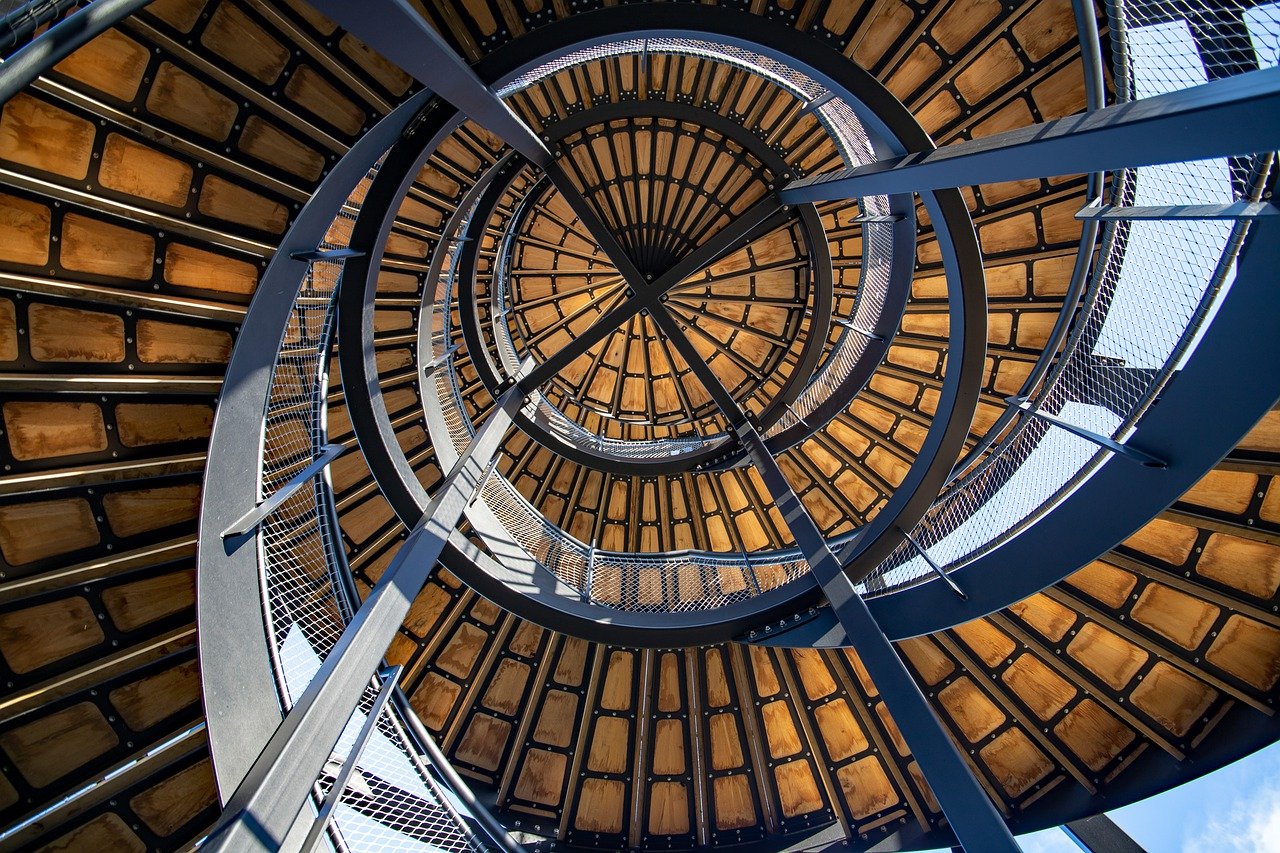
Albrecht Dürer
Albrecht Dürer, a renowned German artist during the Renaissance period, left a lasting impact on the art world with his exceptional talent and innovative techniques. Dürer was not only a painter but also a skilled engraver and woodcut artist, known for his meticulous attention to detail and symbolic complexity in his works. His engravings, such as Melencolia I and Knight, Death, and the Devil, are revered for their technical precision and profound symbolism, showcasing Dürer's mastery of both artistry and intellect.
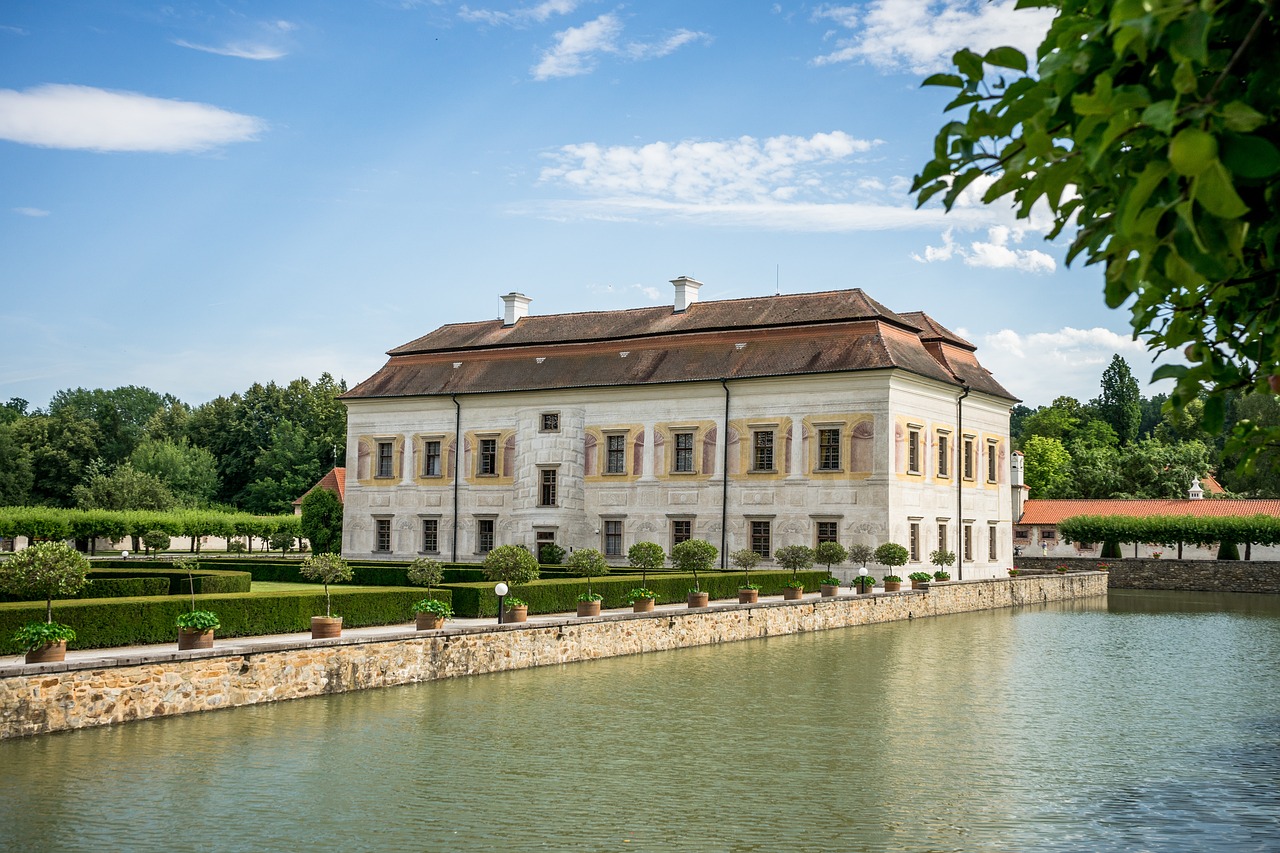
Caravaggio
Caravaggio, a prominent figure in Baroque art, is renowned for his revolutionary approach to painting that captivated audiences with its dramatic use of light and shadow. His masterpieces, such as The Calling of Saint Matthew and Judith Beheading Holofernes, are characterized by their intense realism and emotional depth, setting a new standard in the art world.
Caravaggio's unique style, known as tenebrism, involved the bold contrast between light and dark, creating a sense of theatricality and tension in his works. This technique not only added a striking visual impact to his paintings but also infused them with a sense of urgency and dynamism, drawing viewers into the scenes with a sense of immediacy.
One of Caravaggio's most famous works, The Calling of Saint Matthew, exemplifies his mastery of light and shadow, as well as his ability to convey complex emotions through his subjects' expressions and gestures. The play of light in this painting not only highlights the central figures but also adds a spiritual dimension to the scene, emphasizing the divine moment of revelation.
In Judith Beheading Holofernes, Caravaggio's use of light to illuminate the gruesome act of decapitation creates a chilling and visceral portrayal of the biblical story. The stark contrast between light and shadow heightens the drama of the scene, emphasizing the brutality of the act while also inviting contemplation on themes of power, violence, and justice.
Caravaggio's influence extended beyond his innovative technique to his thematic choices and portrayal of human emotions. His ability to capture raw emotions and psychological intensity in his paintings set him apart from his contemporaries, earning him a reputation as a master of psychological realism.
Overall, Caravaggio's contributions to art history are undeniable, as his bold and daring approach to painting not only challenged conventions but also paved the way for future generations of artists to explore new possibilities in visual storytelling and emotional expression.
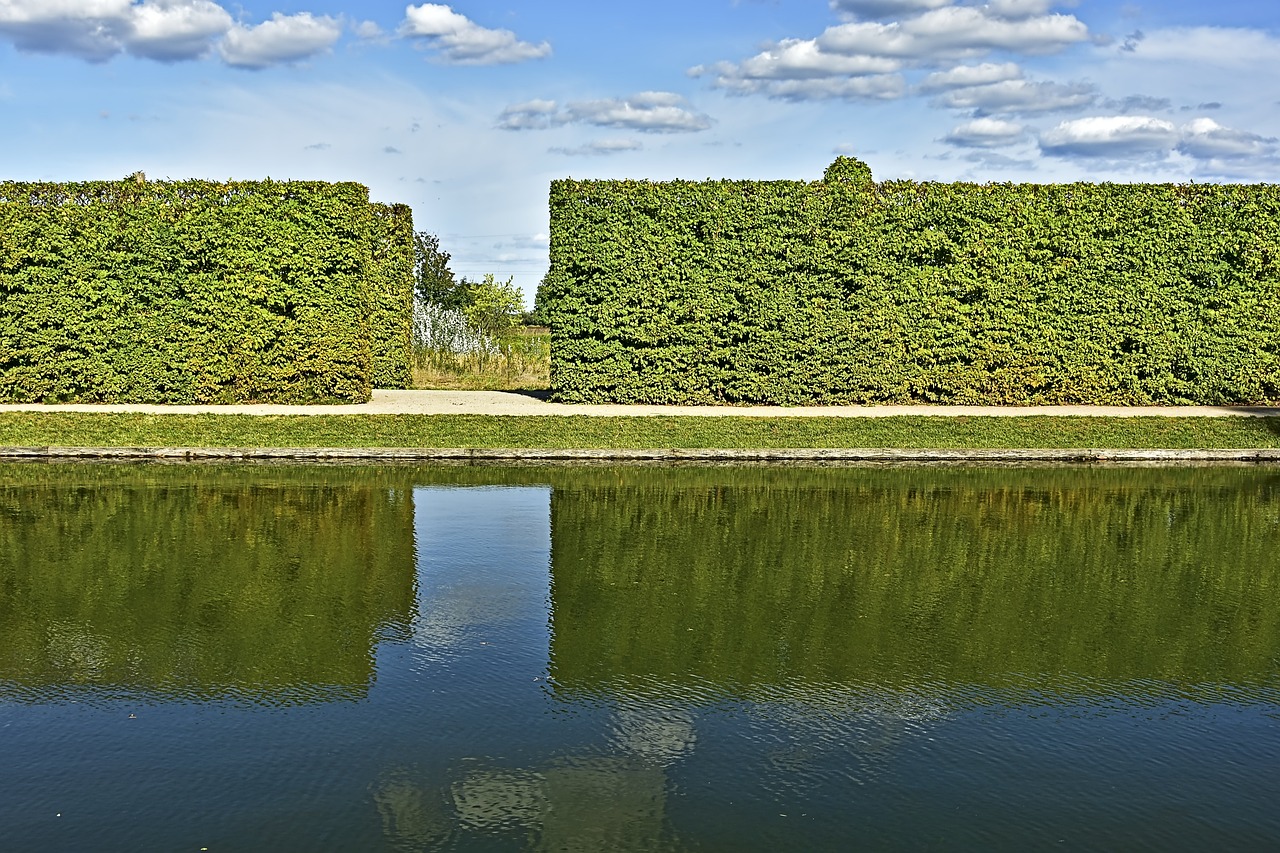
Jan van Eyck
Exploring the significant impact of art during the Renaissance period, focusing on key artists who revolutionized the art world with their innovative techniques and masterpieces.
Jan van Eyck, a Flemish painter, is celebrated for his meticulous attention to detail and pioneering use of oil paint. His masterpiece, The Arnolfini Portrait, is a prime example of the Northern Renaissance's focus on realism and symbolism. Van Eyck's ability to capture intricate textures and reflections with precision elevated the art of portraiture to new heights, setting a standard for future generations of artists to aspire to. His skillful manipulation of light and shadow added depth and richness to his compositions, creating a sense of realism that was unparalleled in his time.
Frequently Asked Questions
- Who were the key artists of the Renaissance?
The key artists of the Renaissance were Leonardo da Vinci, Michelangelo Buonarroti, Raphael Sanzio, Sandro Botticelli, Titian, Donatello, Albrecht Dürer, Caravaggio, and Jan van Eyck. Each of these artists made significant contributions to the art world during the Renaissance period.
- What were some famous works by Leonardo da Vinci?
Leonardo da Vinci is known for iconic works such as the Mona Lisa and The Last Supper. These masterpieces showcase his artistic talent and innovation, reflecting the spirit of curiosity and creativity that defined the Renaissance era.
- How did Michelangelo Buonarroti contribute to Renaissance art?
Michelangelo Buonarroti was renowned for his sculpting and painting prowess. His masterpieces, including the Sistine Chapel ceiling and the statue of David, demonstrated his unparalleled talent and passion for art, leaving a lasting impact on the art world.
- What characterized the art of the Renaissance period?
The art of the Renaissance period was characterized by a focus on realism, perspective, and humanism. Artists sought to portray the natural world accurately and express the beauty of the human form, leading to groundbreaking advancements in artistic techniques and styles.











